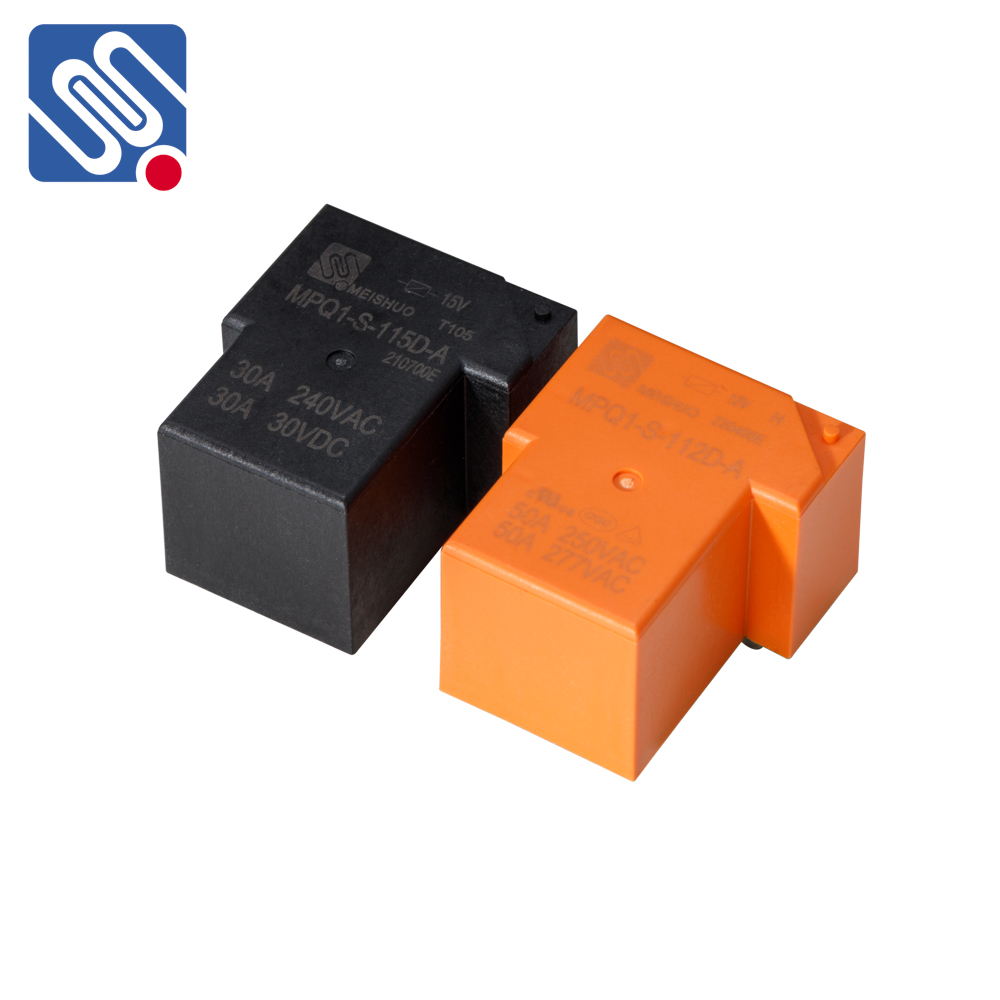In modern electrical systems, the protection of circuits is a critical aspect to prevent damage to sensitive equipment and ensure the overall safety of the system. One of the most reliable and commonly used methods for circuit protection is Relay Circuit Protection. This approach utilizes relays and associated components to safeguard electrical circuits from various types of failures, such as overloads, short circuits, and voltage fluctuations. This article explores the significance of relay circuit protection, how it works, and its applications in different industries.

What is Relay Circuit Protection? Relay circuit protection involves the use of electrical relays—automated switches that control the operation of a circuit—to detect and respond to abnormal conditions in an electrical system. These abnormal conditions can include excessive current, voltage surges, or overheating, all of which could damage electrical equipment or pose safety risks. Relays function by automatically opening or closing electrical circuits based on preset conditions, ensuring that the system remains safe and operational. The primary purpose of relay circuit protection is to act quickly during faults, isolating faulty components from the rest of the system and preventing further damage. The speed of response and the accuracy of detection are critical for the reliability of electrical systems, especially in industrial, commercial, and high-power applications.